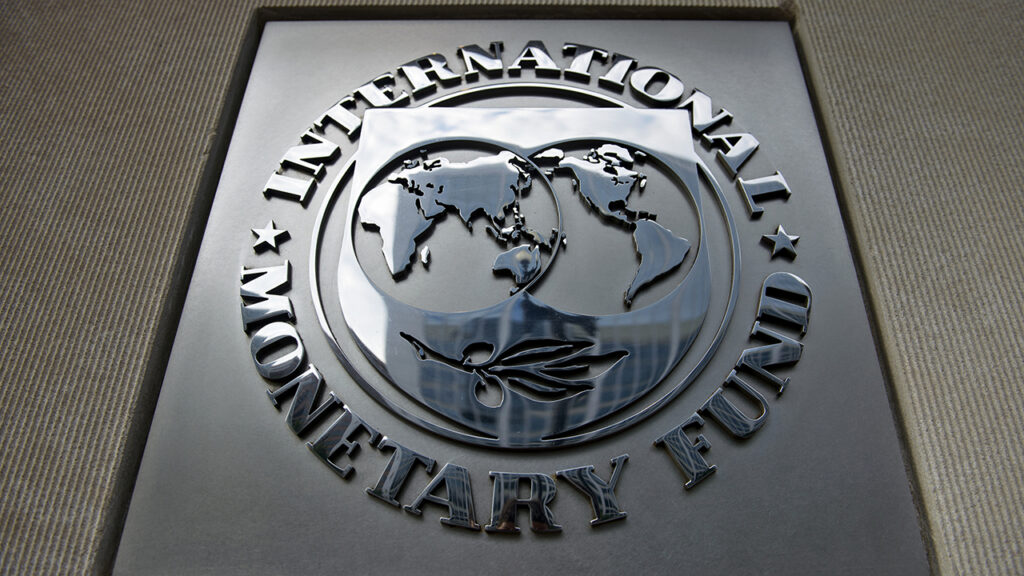
New document to take effect in Q4 2021
Following concern over sovereign debts, the International Monetary Fund (IMF), has reviewed its debt sustainability framework for Market Access Countries (MAC).
The new structure will help countries identify risk in ‘sovereign stress’ and align with IMF’s lending framework, the Fund has announced yesterday.
According to the institution, the review was carried out on January 14. It stressed that the new framework, which comes with sweeping changes to the existing document, would be operational in the last quarter of the year/first quarter of 2022.
The framework, it noted, would be useful for predicting “sovereign stress with greater accuracy. “The new framework includes a broader and more consistent debt coverage, a longer projection horizon, new tools at multiple horizons based on superior analytical methods that account for countries’ structural characteristics, and enhanced transparency in the bottom-line assessments, including the exercise of judgment. Furthermore, the new tools support probabilistic debt sustainability assessments, as required by the Fund’s lending framework.”
The document is expected to provide a broad-based guide on sovereign debt assessment, it noted, adding that it is based on a comprehensive review by the executive directors following emerging shortcomings in the existing framework.
“Executive directors welcomed the wide-ranging and comprehensive review of the Debt Sustainability Framework for Market Access Countries (MAC DSA) to be renamed ‘Sovereign Risk and Debt Sustainability Framework for Market Access Countries’ (MAC SRDSF) to capture the full range of its analysis,” it disclosed, noting that “rising vulnerabilities related to the pandemic, they broadly supported the proposed reforms aimed at improving the framework’s capacity to predict sovereign stress, enhancing transparency and communication of its results, and aligning it with the three-zone sustainability assessment required under the exceptional access framework.
“Directors recognized that the framework would require some further technical fine-tuning in the run-up to the preparation of the Staff Guidance Note and implementation. Directors supported the continued application of the existing definition of debt sustainability, and most concurred that General Government (GG) debt, defined per GFSM 2014 classification, should be the default institutional coverage.
“A few Directors suggested that the expansion of debt coverage to GG be implemented in a phased manner, as two-fifths of EMs currently report data for the central government only. Directors welcomed the incorporation of public sector liquid financial assets as a mitigating factor, and most directors supported the risk-based approach under which central bank liabilities and/or SOE contingent liabilities would need to be included in the debt perimeter.
“However, a few directors advised the incorporation of a broader range of public sector assets and wider adoption of net public debt concepts in the framework. Directors stressed that capacity-development support would be needed to bring country data coverage to adequate levels. A few Directors preferred the continuation of the existing five-year time horizon in certain cases in view of large uncertainties regarding public debt projections.”













